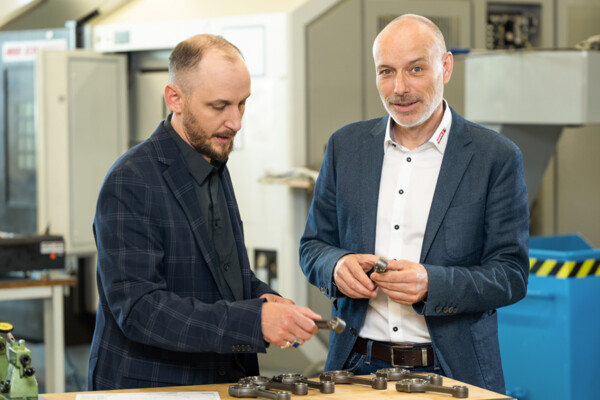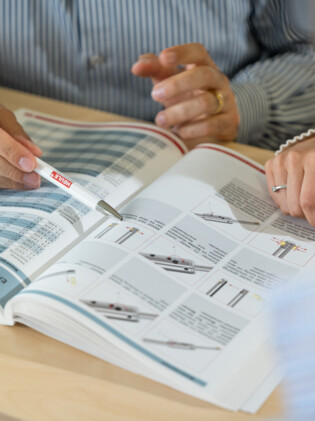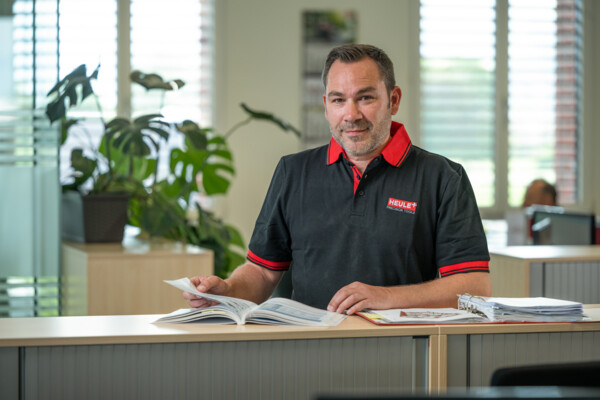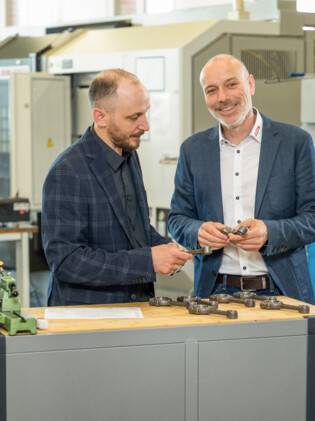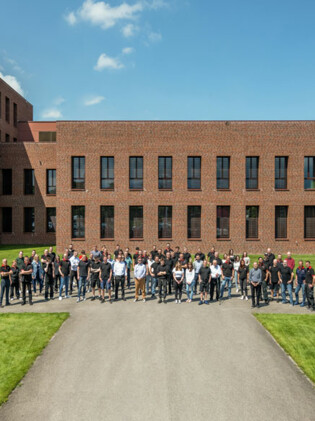Counterbores are mostly used to create the recess for a screw head. This allows the screw head to sit flush with the surface, which is both aesthetically pleasing and functional. Such precise countersinking tools are particularly in demand in the woodworking and metalworking industries.
Depending on the application and the desired shape of the counterbore, a different tool is used. Another important criterion for tool selection is the position of the counterbore: is it on the front or back of the bore, or should both bore edges be machined simultaneously?
Below, we list the different types of counterbores and their areas of application.
